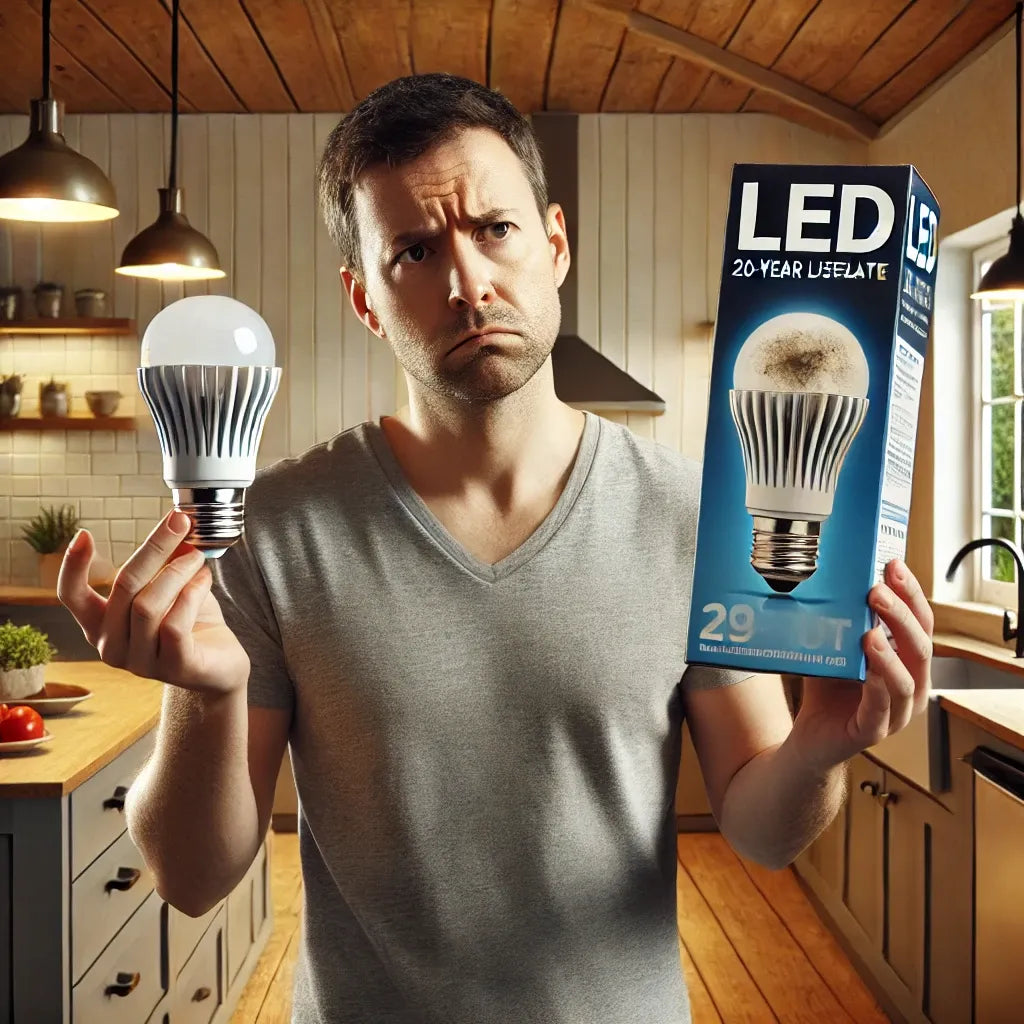LED bulbs have revolutionized lighting with their energy efficiency and long lifespan, but they’re not immune to misconceptions. Myths about LED performance, cost, and durability often leave consumers confused. In this blog, we’ll bust common myths about LED bulbs and provide the facts you need to make informed choices.
Busting Myths About LED Bulbs

Introduction
Myth 1: All LED Bulbs Last 20 Years
The Truth:
While LEDs are designed to last longer than traditional bulbs, their lifespan depends on usage, quality, and environmental factors. Most manufacturers estimate lifespan based on 3 hours of daily use. Using them more frequently or in less-than-ideal conditions can shorten their lifespan.
Key Takeaway: Choose high-quality bulbs and use them in suitable environments to maximize their lifespan.
Myth 2: LEDs Are Too Expensive
The Truth:
While the upfront cost of LED bulbs is higher than traditional options, they save money in the long run. LEDs consume significantly less energy and last much longer, reducing replacement and electricity costs.
Key Takeaway: Think of LEDs as an investment. Over time, they’ll save you money on both energy bills and replacements.
Myth 3: LEDs Are Indestructible
The Truth:
LED bulbs are more durable than traditional bulbs but not indestructible. Physical impacts, electrical surges, and extreme conditions can still damage them.
Key Takeaway: Handle LED bulbs with care and protect them from power fluctuations and environmental extremes.
Myth 4: LEDs Are Harmful to Your Eyes
The Truth:
LEDs are safe for your eyes when used correctly. The concern often stems from blue light exposure, which is present in many types of lighting. Choosing warm or neutral white LEDs and avoiding prolonged exposure to high-intensity blue light can minimize any risks.
Key Takeaway: Opt for warm-toned LEDs for a cozy, eye-friendly environment.
Myth 5: LEDs Don’t Work with Dimmers
The Truth:
Not all LEDs are compatible with dimmer switches, but many are designed specifically for this purpose. Using non-dimmable LEDs with dimmers can cause flickering or damage to the bulb.
Key Takeaway: Check for “dimmable” labeling on LED bulbs and ensure compatibility with your dimmer switch.
Myth 6: LEDs Don’t Provide Enough Brightness
The Truth:
LEDs provide excellent brightness, often surpassing traditional bulbs. Brightness is measured in lumens, not watts, so it’s important to select bulbs with the right lumen output for your space.
Key Takeaway: Focus on lumens, not watts, when choosing LED bulbs for optimal brightness.
Conclusion
Dispelling myths about LED bulbs helps you make better lighting decisions and enjoy their full benefits. LEDs are efficient, versatile, and reliable when used correctly. Stay tuned for our final blog, where we’ll explore the exciting future of LED technology and what’s next in lighting innovation.
Comments
Leave a comment
Your Email Address Will Not Be Published. Required Fields Are Marked *
Subscribe Us
Subscribe to our newsletter and receive a selection of cool articles every weeks














No comments